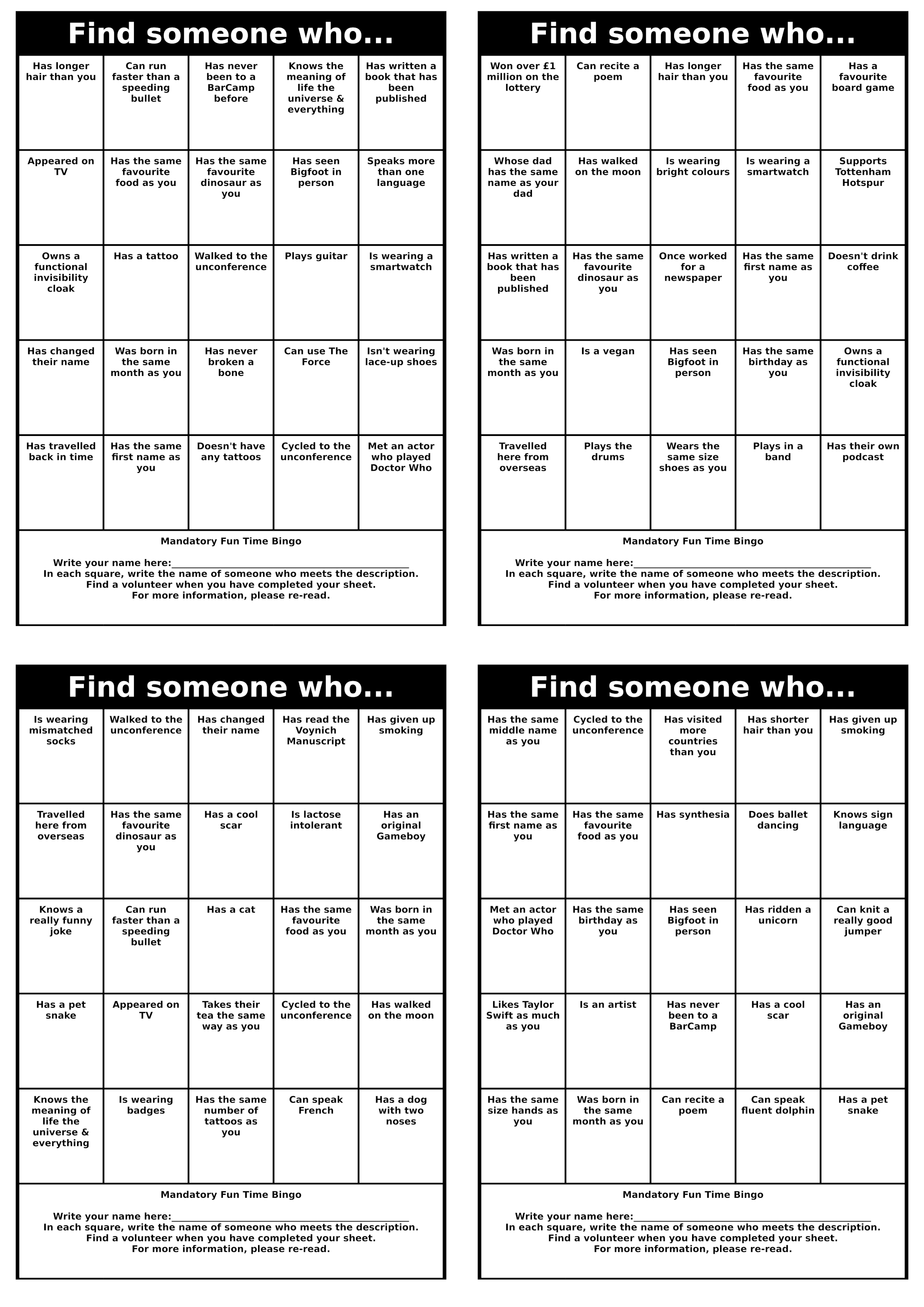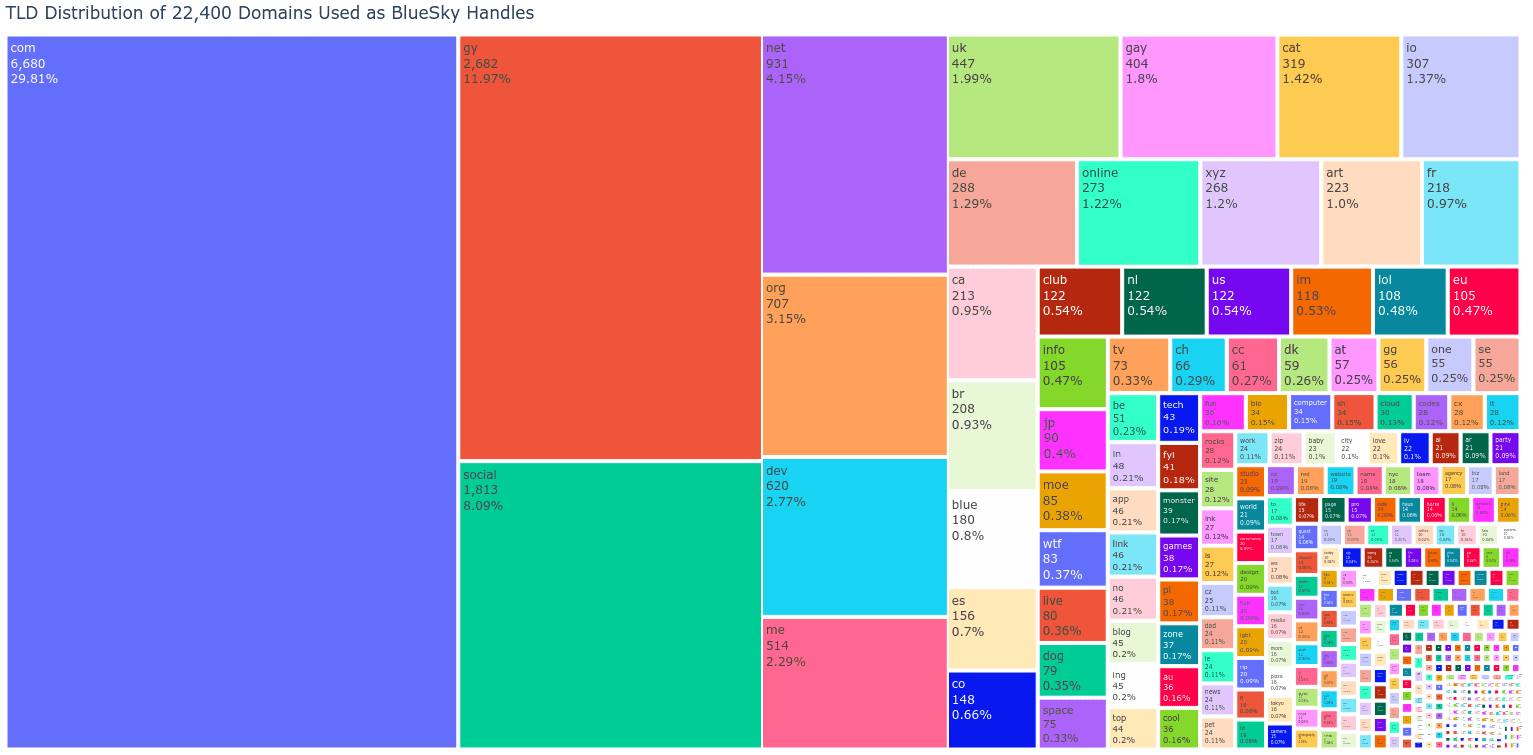
Here's a knotty problem. Lots of my posts use URl Fragments. Those are links which start with #. They allow me to write: <a href="#where-is-this-a-problem>Jump to heading</a> So when someone clicks on a link, they go straight to the relevant section. For example, they might want to skip straight to how to fix it. Isn't that clever? Where is this a problem? This works great when someone is…
Continue reading →

At last month's BarCamp London 13 I ran a little experiment that I'd been meaning to do for a while. "Getting To Know You" bingo is a well-established team-building exercise. Usually, you gather a bunch of interesting personal facts from a team, stick them on a bingo card, then have people wandering around trying to find out who once dated a Spice Girl and which mid-level executive has a cat…
Continue reading →

What is a hashtag? Fifteen years ago (fuck, I'm old) I started documenting what Twitter's nascent hashtags could and couldn't do. Back in 2010, this is how the official Twitter site linked hashtags. Notably, punctuation symbols didn't "count" as part of a tag. How does modern social media handle something like #Fish&Chips? Mastodon links directly to #Fish&Chips BlueSky links directly to…
Continue reading →

Hot new social networking site BlueSky has an interesting approach to usernames. Rather than just being @example you can verify your domain name and be @example.com! Isn't that exciting? Some people are @whatever.tld and others are @cool.subdomain.funny.lol.fwd.boring.tld I wanted to know what the distribution is of these domain names. For example, are there more .uk users than .org users? …
Continue reading →

Once in a while, there is a disaster. Phone lines go out, the Internet breaks down, and mobiles don't work. Then the Ham Radio Operators save the day. Amateur radio is one of those things I'm only vaguely aware of. It chugs along in the background unnoticed. It doesn't follow the fashion of today's industry, nor does it chase growth at all costs. It is an open standard, run by a decentralised…
Continue reading →

Both Mastodon and BlueSky have the concept of "self-verification". Rather than trust a central authority to assess your notability and then bless your account (as Twitter used to do), they let anyone self-attest using Domain Verification. What does that mean? You tell the service what your website is. The service gives you a secret code. You upload that secret code onto your website. The…
Continue reading →





